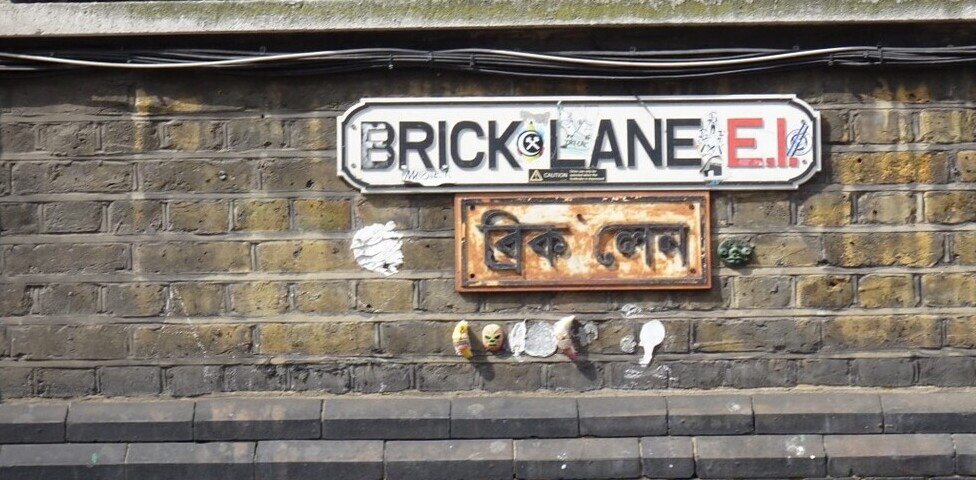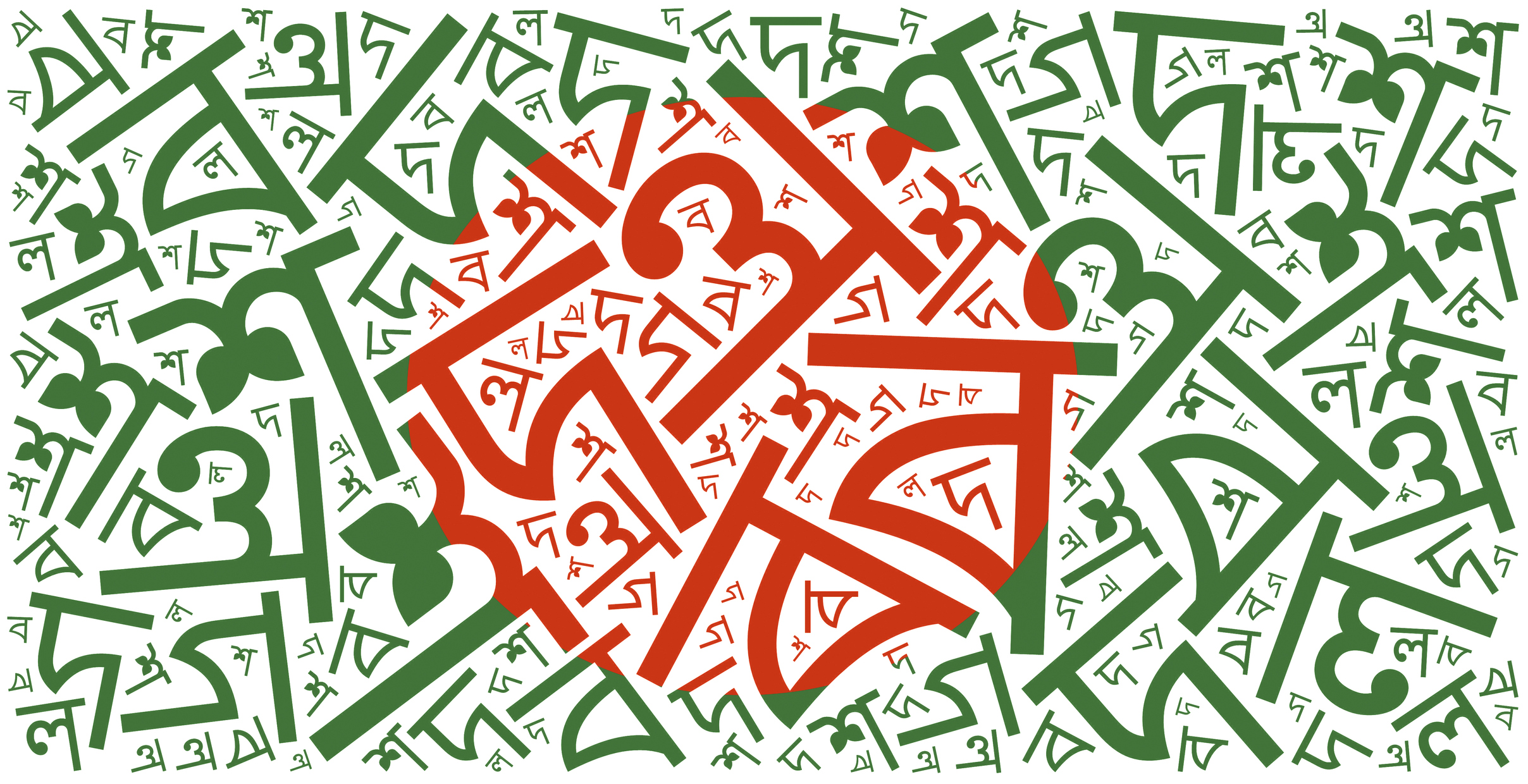Having qualified in the UK during the late 1960s in General Agriculture and Animal Husbandry, I joined a Gandhi Peace Foundation village development programme in famine-affected Bihar (India) funded by OXFAM. I was based at Vinoba Bhave’s Samanvaya Ashram in Bodh Gaya, and worked with the ‘untouchable’ castes, named ‘Harijans’ (‘Children of God’) by Gandhi. Working with the extreme poor and helping set up an agriculture-based children’s school prepared me very well for my unexpected future life.

Samanvaya Ashram, Bodh Gaya, Bihar (India), February 1970. Front row (L-R): Don Nuttall; Alan J Leather (in waistcoat; then Oxfam Assistant Field Director, Eastern India); Clive Bell; Julian Francis; Judith Hart (then Minister for Overseas Development, UK); Back row (L-R): Stephen Biggs; Richard Taylor (then Oxfam Field Director for Eastern India & East Pakistan) & Sally Taylor. © For copyright information, see below.
In early 1971, I found myself thrown into a most demanding role for a young man of 26 years. I was asked to move quickly from Bihar to Calcutta (now Kolkata) to assist in an enormous refugee relief programme which cared for refugees fleeing in terror from Bangladesh. Eventually, I had the privilege and responsibility of administering OXFAM’s relief programme for about 600,000 of the 10 million refugees who had fled from East Pakistan (later Bangladesh) to India, and were staying in the over 900 refugee camps on the border area between India and East Pakistan.

Office of Frères des Hommes (“Brothers to all Men”), a French NGO involved in relief work, Buniyad Ganj, Gaya, Bihar (India), July 1968. Julian Francis is in the middle, and Léo Jalais on the far right. © For copyright information, see below.
After the return of Sheikh Mujibur Rahman to the newly-independent Bangladesh on 10 January 1972, I made plans to bring one of OXFAM’s Landrovers, laden with urgently needed medical supplies, to Dacca (now Dhaka) from Calcutta. On 20 January, I set off from Calcutta. We traveled very slowly as there were so many people walking back from West Bengal to their homes in Bangladesh. We stayed overnight at a Catholic Mission Hospital in Jessore where, earlier, an Italian Father had been killed by Pakistani army personnel as a punishment for giving humanitarian assistance to members of the Mukti Bahini. The next day we continued on our slow way to Dacca and with the very long delay queuing for the ferry we did not reach the centre of Dacca until about midnight. I remember driving past the old airport with not a person or vehicle in sight. Suddenly, from nowhere, army personnel and police surrounded our vehicle. We had not known that there was a night-time curfew. After explaining who we were, we were escorted to the Purbani Hotel.
I was advised by officials of the British High Commission and other aid officials to pay a courtesy call on Sheikh Mujib. My meeting was organised by Tajuddin Ahmad who I had met a few times in Calcutta in 1971 when he was Prime Minister of the Mujibnagar Government in exile. My meeting with Sheikh Mujib is one I will never forget. At our meeting, I told him that I needed his advice on what a small charitable organisation like OXFAM might be able to do to assist in the rehabilitation and development of Bangladesh. Sheikh Mujib slowly took his pipe out of his mouth and pointed the stem of the pipe at me: “How did you come here, young man?”, he asked in a booming voice. I told him that I had driven over land from Calcutta. “In that case”, he said, “You have seen more of my country than I have, as I was a prisoner for over 9 months, so please tell me what you think my country needs. What did you see?”
I told Sheikh Mujib that I had seen many hundreds of villages that had been burnt down, many bridges and culverts blown up and many ferries and launches, large and small, sunk in the rivers. I told him that, on behalf of OXFAM, I had already ordered, in India, £250,000 worth of Corrugated Iron (CI) sheets for a large house-rebuilding programme, and that these would arrive by early March. I added that I thought that bridge-building and replacement and repairs of ferries were more suited to bilateral and multilateral aid. “No”, Sheikh Mujib said very strongly, “Ferries are and will be the lifelines for my people. Please discuss with officials of the Bangladesh Inland Waterways Authority and see what OXFAM can do.”
Before I left him, Sheikh Mujib asked me about my experiences working with the people of Bangladesh in the refugee camps. As I spoke, emotion got the better of me and tears welled up in my eyes. Sheikh Mujib put his arm around me to comfort me and said, “Go young man, be strong, and thank you for coming to see me and for helping Bangladesh.
As a result of the meeting with Sheikh Mujib, OXFAM was able to procure 3 truck-carrying ferries, and to assist the repair of many others. I remember that the Bangladesh Inland Waterways Authority wanted, understandably, to name the ferries after Liberation War martyrs but after the experience of getting to know the flora and fauna of Bangladesh and how they are part of the country’s poetry and music which was an integral part of the refugees’ resilience, we requested that the vessels be named after flowers. And so, ‘Kamini’ (Muraya paniculata), ‘Kosturi’ (Curcuma aromatica), and ‘Korobi’ (Nerium oleander) were so named and they continue, I believe, to ply across the River Padma at Paturia/Daulatdia and Mawa to this day, over 49 years later.
During my short visit to Bangladesh all those years ago, it was obvious that the two greatest needs were food and the restoration of the transport system with which to move the food around the country. OXFAM’s Overseas Aid Director at that time, Ken Bennett, wrote in a report, a short while after my January 1972 visit: “I doubt if it would be an exaggeration to say that on the extent to which a solution to the problem of food imports and the restoration of communications can be quickly found may well depend the future of Bangladesh as a State.” It is to Bangladesh’s enormous credit that it has survived and prospered and is now self-sufficient in the production of basic food grains which can be moved around the country most efficiently.
In 1975, still with OXFAM, I was based in New Delhi and on 15 August, together with my family, was watching India’s Independence Day celebrations on the television when the programme was interrupted with the news of the assassination of Sheikh Mujib and his family members. I remember being numbed by shock and burying my head in my hands and weeping loudly. Now, 45 years later, I still get very emotional when I remember that day in 1975.
Since then, for about 30 years I have lived in Bangladesh, and worked in a number of extreme poverty alleviation programmes and, until the arrival of the Corona virus pandemic, Bangladesh’s overall development has been remarkable. I continue to be connected to those programmes which “leave no one behind”, and my personal focus has been on the needs of people with disabilities.
*
This article gives the views of the author and not the position of either the South Asia @ LSE blog or the London School of Economics and Political Science.
© The “Bangladesh @ 50” graphic used as the banner image in this blogpost is copyrighted by LSE South Asia Centre; it was commissioned specially by the LSE South Asia Centre to mark the Golden Jubilee of the independence of Bangladesh. The logo is designed by Oroon Das.
© Samanvaya Ashram, Bihar (India), 1970: Alan J Leather, from the personal collection of Jack Leather. Used with permission.
© Frères des Hommes (“Brothers to all Men”), Buniyad Ganj, Bihar (India), July 1968: Léo Jalais, used with permission. Every effort has been made to know the name of the first gentleman on the left (striped pants), who was most likely a volunteer or visitor at Frères des Hommes. LSE South Asia Centre will be happy to update this blogpost if it is made aware of the name of the person. Please e-mail southasia@lse.ac.uk
The ‘Bangladesh @ 50’ logo is copyrighted by the LSE South Asia Centre, and may not be used by anyone for any purpose. It shows the national flower of Bangladesh, Water Lily (Nymphaea nouchali), framed in a design adapted from Bangladesh’s dhakai & jamdani textile weaves. The logo has been designed by Oroon Das.
*








This article is a mirror to the new generation that how independence has been achieved and this article showing the involvement of the different stakeholders, nationally, internationally and adaptation with the reality of how much was needed and important. In the writer’s opinion, it makes clear decision needs more experience in the field of the relevant issue.
What was then is today and it is needed tomorrow.
This is a very interesting story between India and Bangladesh and the images in black and white are looks amazing.
Thank you for your service, Mr. Francis! Bangladesh is grateful to have people like you beside her. May the country prosper and achieve greatness!